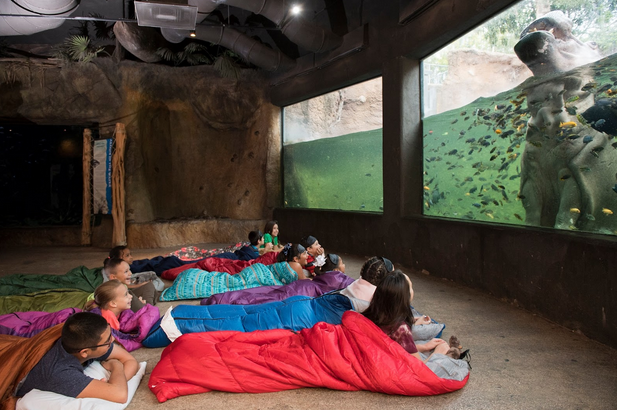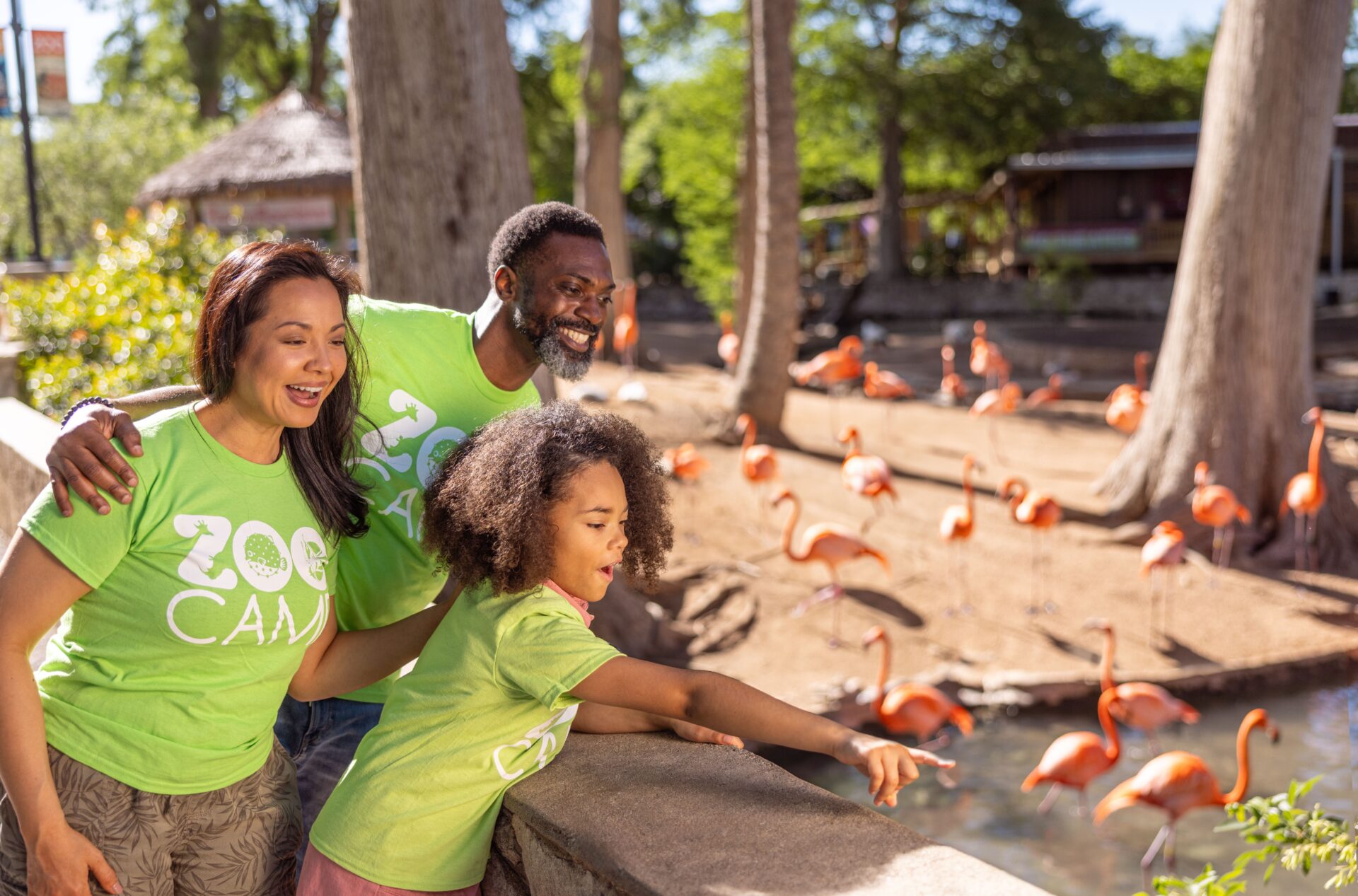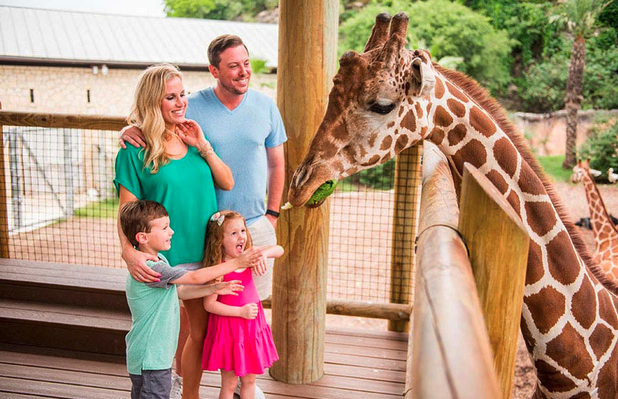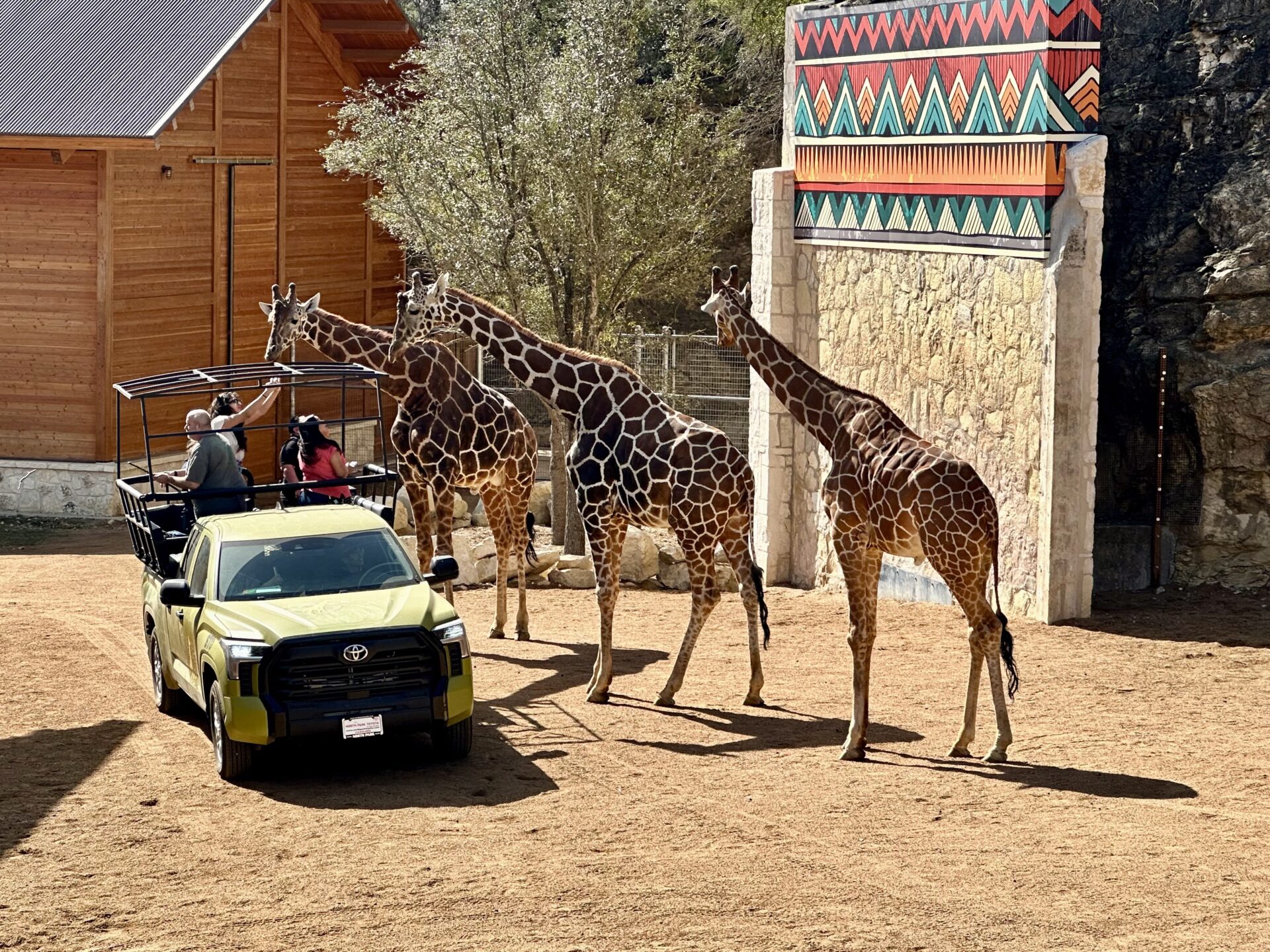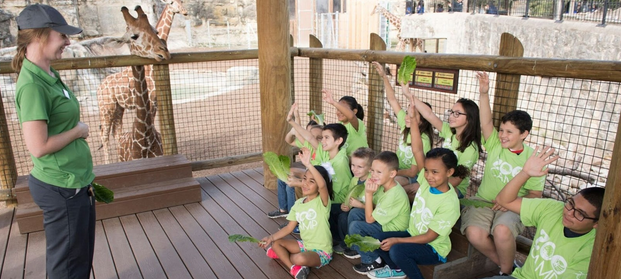Spend the Night at San Antonio Zoo: A Sleepover You’ll Never Forget
What really happens at San Antonio Zoo after the gates close?
If you’ve ever wanted to find out, now’s your chance. San Antonio Zoo offers sleepovers that are packed with animal encounters, flashlight safaris, late-night laughs, and even breakfast tacos in the morning. It’s not just fun for kids. Families, couples, scout groups, and curious grownups will all find something to love.
Grab your sleeping bag and let’s take a walk on the wild side.
The Magic of Sleeping Over at the Zoo
There’s something wildly different about being at the zoo when the sun goes down.
The crowds are gone. The pathways are quiet. And the animals? They’re just getting started. Lions might be more vocal, birds settle in with twilight calls, and nocturnal creatures you’d never spot during the day start to come alive. It feels like you’ve stepped into a completely different zoo that only a lucky few ever get to experience.
Sleeping over at San Antonio Zoo is the once-in-a-lifetime feeling of walking through the zoo with a flashlight, listening for rustling leaves or distant roars, and realizing just how alive the place really is at night.
Roars & Snores: The Classic Zoo Sleepover
Roars & Snores is San Antonio Zoo’s signature overnight program, and it’s packed with everything you’d want from a night in the wild.
The fun kicks off at 6:30 p.m. with animal presentations and hands-on activities led by zoo staff. Once the sun sets, it’s time for a guided flashlight tour through the zoo where you’ll see what really goes on after dark. You’ll head back to the Education Center for climate-controlled indoor camping and end the night with a snack before sleeping just steps away from some of the zoo’s most amazing residents.
And in the morning? You’ll get a peek behind the scenes as the zoo wakes up for the day, followed by a warm breakfast with tacos fresh from Beastro.
What really sets Roars & Snores apart are the rotating themes. You might explore the world of night-loving creatures in Nocturnal Adventures, dive into the delightfully gross side of animal science in Grossology, or become a wildlife detective in Animal Mysteries. Each theme adds a fun twist to your night and keeps kids (and adults) engaged and curious.
If you want to level up the experience, you can even upgrade to sleep near the hippos in the Africa Live exhibit for just a little extra. Watching those massive creatures float and wade around while you settle in for bed? Absolutely unforgettable.
Zoo Lights Overnight: A Holiday-Themed Adventure
If you love twinkling lights, festive vibes, and cooler weather, Zoo Lights Overnight might be your perfect winter adventure.
This special version of the zoo sleepover runs from late November through December and lines up with San Antonio Zoo’s dazzling Zoo Lights celebration. You’ll arrive in the evening and step right into a glowing, magical world filled with holiday music, sparkling displays, and nighttime animal fun.
The evening includes all the sleepover essentials — animal meet and greets, a flashlight-guided tour, hands-on activities, and indoor camping at the Education Center. There’s also pizza for dinner, snacks in the evening, and warm breakfast tacos in the morning to keep everyone full and happy.
Zoo Lights Overnight is a great way to celebrate the season with family or friends, especially if you’re looking for something more memorable than another night of movies and hot chocolate at home. You’ll still get that holiday feeling, but with a wild twist.
Zoo Snooze: A Private Rainforest Retreat
If you’re looking for a more private and immersive overnight experience, Zoo Snooze is the way to go.
This sleepover is designed for smaller groups and takes place inside Discovery PLAYce, a cozy indoor spot surrounded by rainforest-themed learning exhibits. You’ll explore the sights and sounds of the rainforest at night with animal encounters, guided tours, and fun hands-on activities that bring the ecosystem to life.
What really makes Zoo Snooze stand out is the morning bonus. After breakfast, your group gets special access to the John and Greli Less Butterfly Rainforest before the zoo opens to the public. It’s peaceful, colorful, and a perfect way to end the adventure.
Zoo Snooze costs a bit more and has a group cap of 20 participants, so it’s ideal for birthday parties, homeschool groups, or families who want the experience all to themselves. You still get the pizza dinner, evening snack, and taco breakfast — but with an extra dose of tropical magic.
Friends and Family Overnights: Roar and Snore Together
Want the full zoo sleepover experience but don’t have a big group? Friends and Family Overnights were made just for you.
These special events are open to individuals, couples, and small groups who want to join in the fun without organizing a full 20-person party. It’s the same overnight adventure, just shared with other animal-loving guests. You’ll still enjoy animal presentations, zoo-themed games and activities, and that unforgettable nighttime flashlight tour.
The best part? You get to sleep near the hippos in the Africa Live exhibit. That’s right — you’ll roll out your sleeping bag in a climate-controlled space with a front-row view of one of the zoo’s most iconic residents. Don’t worry about comfort either. Air mattresses are encouraged, and there’s plenty of room to settle in.
In the morning, you’ll wake up to the sounds of the zoo coming alive, grab a taco breakfast, and get a short morning hike before heading out to explore the rest of the zoo on your own.
Make It a Night to Remember
Spending the night at San Antonio Zoo is an immersive, up-close experience that transforms the zoo into something magical once the sun goes down.
You might fall asleep under the watchful eyes of a hippo, follow animal tracks by flashlight, or start your morning with a taco breakfast after hearing lions greet the day. This is the kind of adventure that sticks with you long after it ends.
Ready to book your own sleepover? Visit San Antonio Zoo’s Overnights page to see upcoming dates and reserve your spot. These programs fill up fast, so don’t wait too long.
